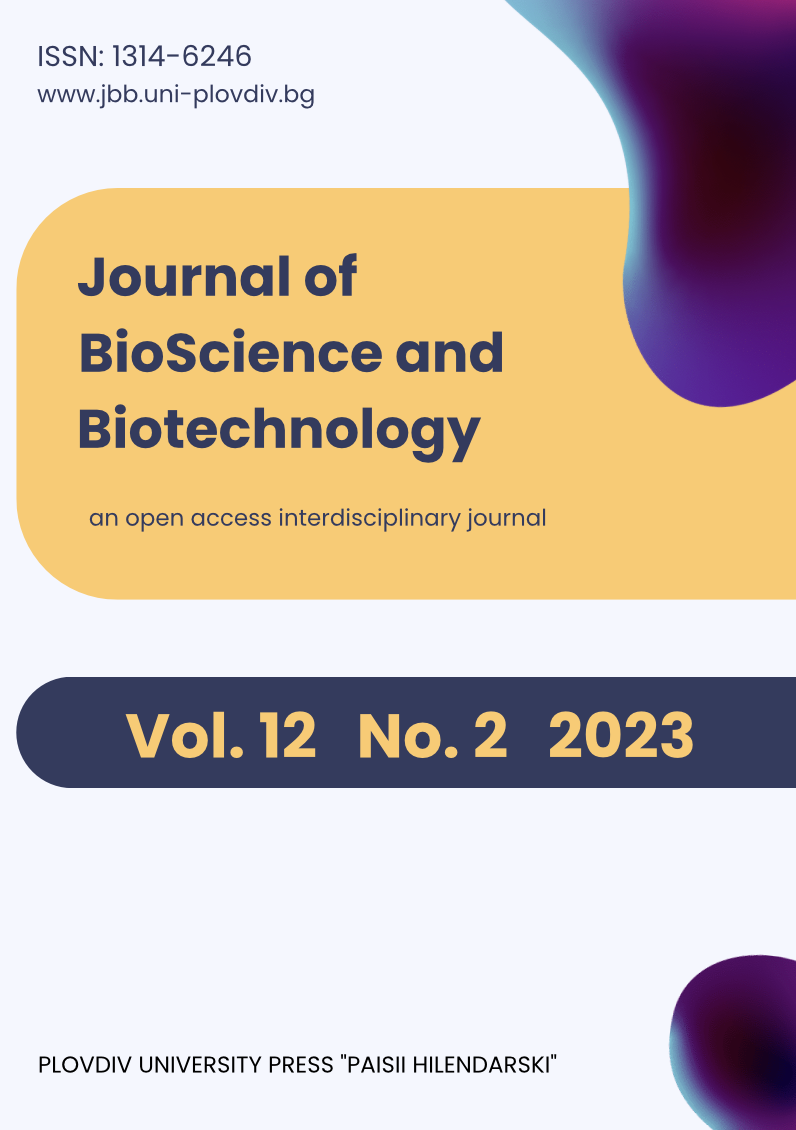Investigation of the therapeutic properties of the leaves of Eriobotrya japonica (Thunb.) Lindl.
Keywords:
Eriobotrya japonica, antioxidant, anti-inflammatory, antibacterial, therapeutic, alkaloids, flavonoids, saponins, tannins, cardiac glycosidesAbstract
Following previous studies that have confirmed the therapeutic potential of medicinal plants, scientists are now focusing on the potential of these medicinal plants in resolving issues associated with adverse drug reactions. Reports have been made on medicinal plants having fewer adverse drug reactions than synthetic drugs though a few medicinal plants have been approved by the Food and Drug Administration for therapeutic uses. The main aim of this research was to investigate the therapeutic properties of the leaves of Eriobotrya japonica (Thunb.) Lindl. The leaf constituents of E. japonica were extracted and quantified using maceration methods. The therapeutic potential of these phytochemicals was then investigated focusing on the antioxidant, anti-inflammatory, and antibacterial properties. The antioxidant properties were investigated using a newly proposed method called the Nitrocellulose Permanganometry assay. The anti-inflammatory and antibacterial assays were investigated using the albumin denaturation assay and broth dilution technique respectively. Alkaloids, flavonoids, and saponins showed anti-inflammatory activity by inhibiting albumin denaturation, with alkaloids having the most anti-inflammatory activity as compared to flavonoids and saponins. The relative intensities representing antioxidant potential showed that tannins had the highest antioxidant potency compared to the other tested phytochemicals. All the phytochemicals showed antibacterial activity against Staphylococcus aureus with cardiac glycosides being the most potent. Thus, E. japonica proved to have therapeutic potential as all the phytochemicals obtained from this plant showed anti-inflammatory, antioxidant, and antibacterial activity. Toxicity studies are therefore required to recommend the use of E. japonica as a natural remedy.
Downloads
Published
How to Cite
Issue
Section
License
Copyright (c) 2023 Tapwa Makaza, Oleen Machona, Rumbidzai Mangoyi

This work is licensed under a Creative Commons Attribution-NonCommercial-NoDerivatives 3.0 Unported License.
Authors of articles published in Journal of BioScience and Biotechnology retain the copyright of their articles. The journal/publisher is not responsible for subsequent uses of the work. It is the author's responsibility to bring an infringement action if so desired by the author.
- copyright, and other proprietary rights relating to the article, such as patent rights;
- the right to use the substance of the article in future own works, including lectures and books;
- the right to reproduce the article for own purposes, provided the copies are not offered for sale;
- the right to self-archive the article.


